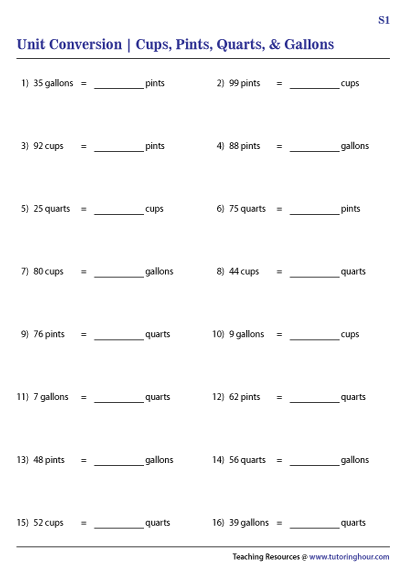


The kilogram is also used to measure the weight of some physical quantities such as force, pressure and torque. For example, one newton (N) is equal to one kilogram times one meter per second squared (kg x m/s 2). The kilogram is a unit of weight that is widely used to measure the weight of objects and substances such as food, clothes, animals, metals and chemicals. For example, an adult human body has an average weight of about 62 kg. For example, to convert pounds to kilograms, we need to divide by 2.2046226218. To convert from other units of weight to kilograms, we need to use the inverse of these conversion factors. Here are some common conversion factors for kilograms: Therefore, one kilogram is equal to 2.2046226218 pounds. For example, to convert kilograms to pounds, we need to know that one pound is equal to 0.45359237 kg. To convert kilograms to other units of weight, we need to use conversion factors that relate the kilogram to the desired unit. The kilogram was officially adopted by the International System of Units (SI) in 1960 as one of the seven base units. The kilogram, as well as other metric units of weight, such as the gram and the tonne, were introduced in the 19th century as part of the decimal system of measurement that aimed to simplify and unify the units used in science and commerce. In 1889, the IPK became the new standard of the unit of weight for the metric system and remained so for 130 years, until the current definition was adopted in 2019. In 1799, the Kilogramme des Archives, a platinum artifact, replaced it as the standard of weight. The kilogram was originally defined in 1795 during the French Revolution as the mass of one litre of water at 4 ☌, which was determined to be 18841 grains. One kilogram can also be written as kg or 1000 g. It is equal to the mass of the International Prototype of the Kilogram (IPK), a cylinder of platinum-iridium alloy stored at the International Bureau of Weights and Measures in France. Kilograms: A Unit of Weight Definition of the KilogramĪ kilogram is a unit of weight that measures how much force an object or substance exerts on a scale due to gravity. Please note this is weight to volume conversion, this conversion is valid only for pure water at temperature 4 ☌. Kilogram (kg) is a unit of Weight used in Metric system.Ĭup (cup) is a unit of Volume used in Cooking system.


 0 kommentar(er)
0 kommentar(er)
